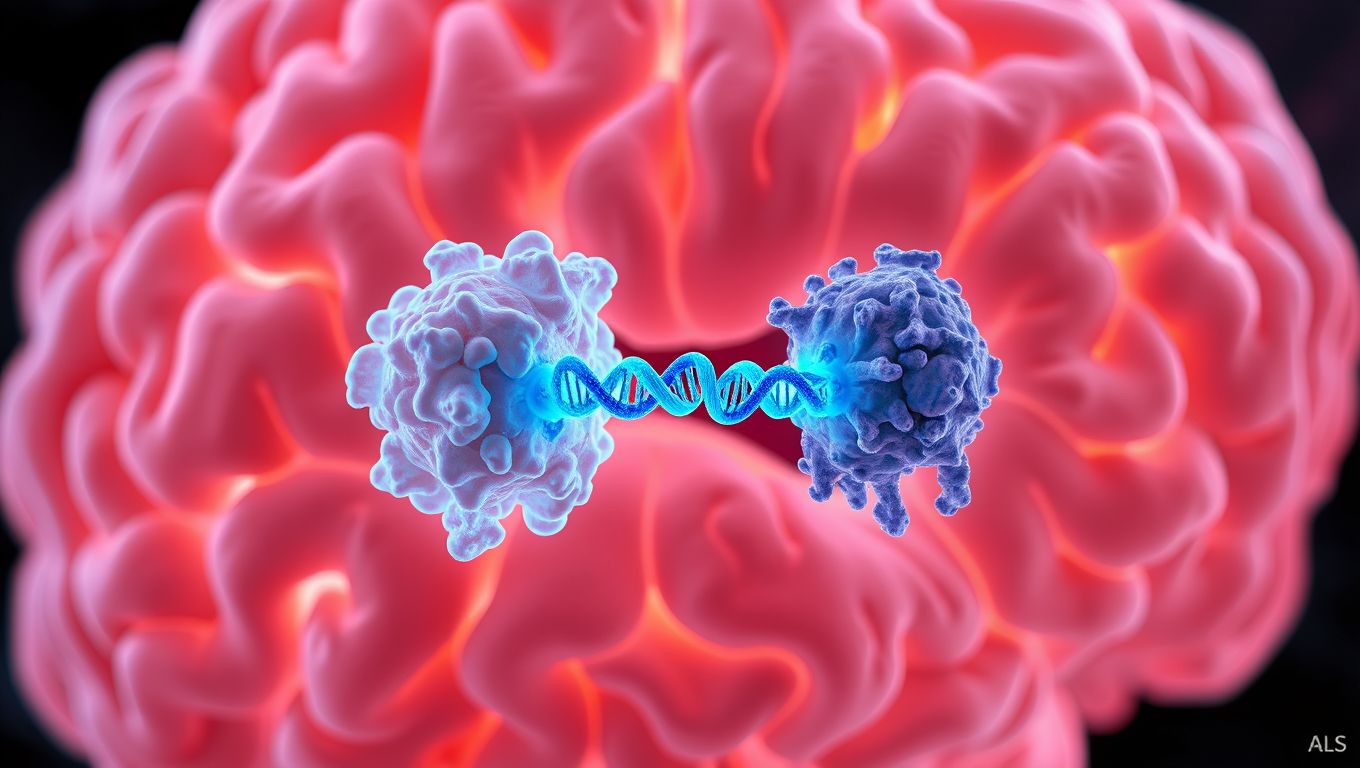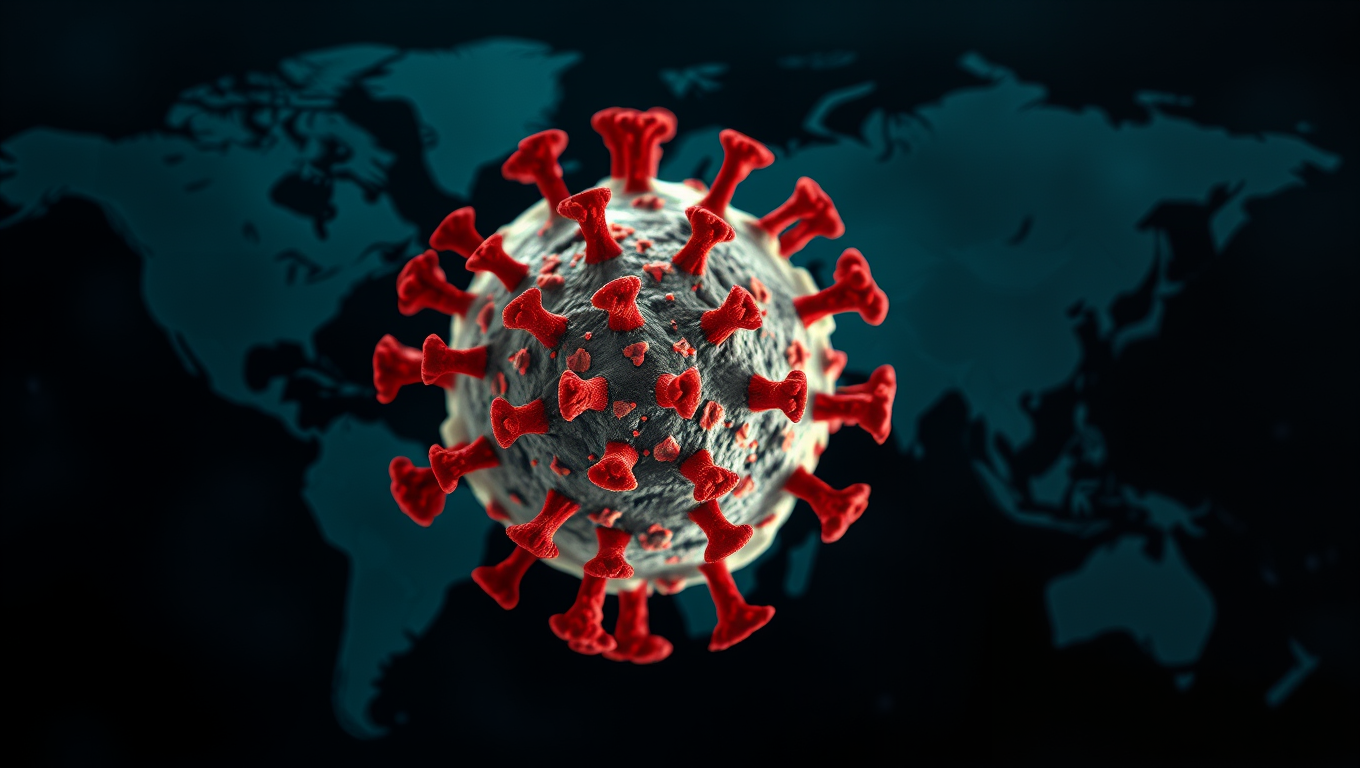While we try to keep things accurate, this content is part of an ongoing experiment and may not always be reliable.
Please double-check important details — we’re not responsible for how the information is used.
Cold and Flu
“Unlocking the Mystery: Scientists Discover How to Break Down Brain Cell Clumps and Develop New Treatment”
Scientists have discovered how harmful clumps inside brain cells—linked to diseases like ALS and Huntington’s—form, and found a way to break them apart. These sticky tangles of RNA develop inside tiny liquid-like droplets in cells and can linger long after their surroundings vanish. By introducing a special protein, the team could stop the clumps from forming, and with a custom-designed piece of RNA, they could even dissolve them.

Allergy
Flossing for Vaccines: A New Method to Deliver Immunizations
Scientists have discovered that flossing between your teeth could one day help vaccinate you. By targeting a uniquely permeable gum tissue called the junctional epithelium, this new method stimulates immunity right where many infections enter: the mouth, nose, and lungs. Using dental floss on mice to apply a flu vaccine triggered a robust immune response—better than existing oral approaches and comparable to nasal vaccines, but without the risks. It even worked with mRNA and protein-based vaccines.
Alternative Medicine
A Sweet Breakthrough: How a Sugar Molecule Could Help Treat Type 1 Diabetes
In a fascinating twist, Mayo Clinic researchers discovered that a sugar molecule cancer cells use to hide from the immune system might also protect insulin-producing beta cells in type 1 diabetes. By engineering these cells with the same sugar molecule—sialic acid—they prevented immune attacks in lab models. This approach could lead to better transplant options without broad immune suppression, offering hope for millions living with the autoimmune disease.
Bird Flu
Unlocking the Secrets of the 1918 Spanish Flu Virus
Scientists in Switzerland have cracked open a century-old viral mystery by decoding the genome of the 1918 influenza virus from a preserved Zurich patient. This ancient RNA revealed that the virus had already adapted to humans at the very start of the pandemic, carrying mutations that made it both more infectious and more immune-resistant. By pioneering a new method to recover fragile RNA from preserved tissue, researchers gained rare insights into how flu viruses evolve. The study not only revives the history of one of humanity’s deadliest outbreaks but also arms us with critical knowledge to face future pandemics with smarter, science-based strategies.
-

 Detectors7 months ago
Detectors7 months agoA New Horizon for Vision: How Gold Nanoparticles May Restore People’s Sight
-

 Earth & Climate9 months ago
Earth & Climate9 months agoRetiring Abroad Can Be Lonely Business
-

 Cancer8 months ago
Cancer8 months agoRevolutionizing Quantum Communication: Direct Connections Between Multiple Processors
-

 Albert Einstein9 months ago
Albert Einstein9 months agoHarnessing Water Waves: A Breakthrough in Controlling Floating Objects
-

 Earth & Climate8 months ago
Earth & Climate8 months agoHousehold Electricity Three Times More Expensive Than Upcoming ‘Eco-Friendly’ Aviation E-Fuels, Study Reveals
-

 Diseases and Conditions9 months ago
Diseases and Conditions9 months agoReducing Falls Among Elderly Women with Polypharmacy through Exercise Intervention
-

 Chemistry8 months ago
Chemistry8 months ago“Unveiling Hidden Patterns: A New Twist on Interference Phenomena”
-

 Agriculture and Food8 months ago
Agriculture and Food8 months ago“A Sustainable Solution: Researchers Create Hybrid Cheese with 25% Pea Protein”





























